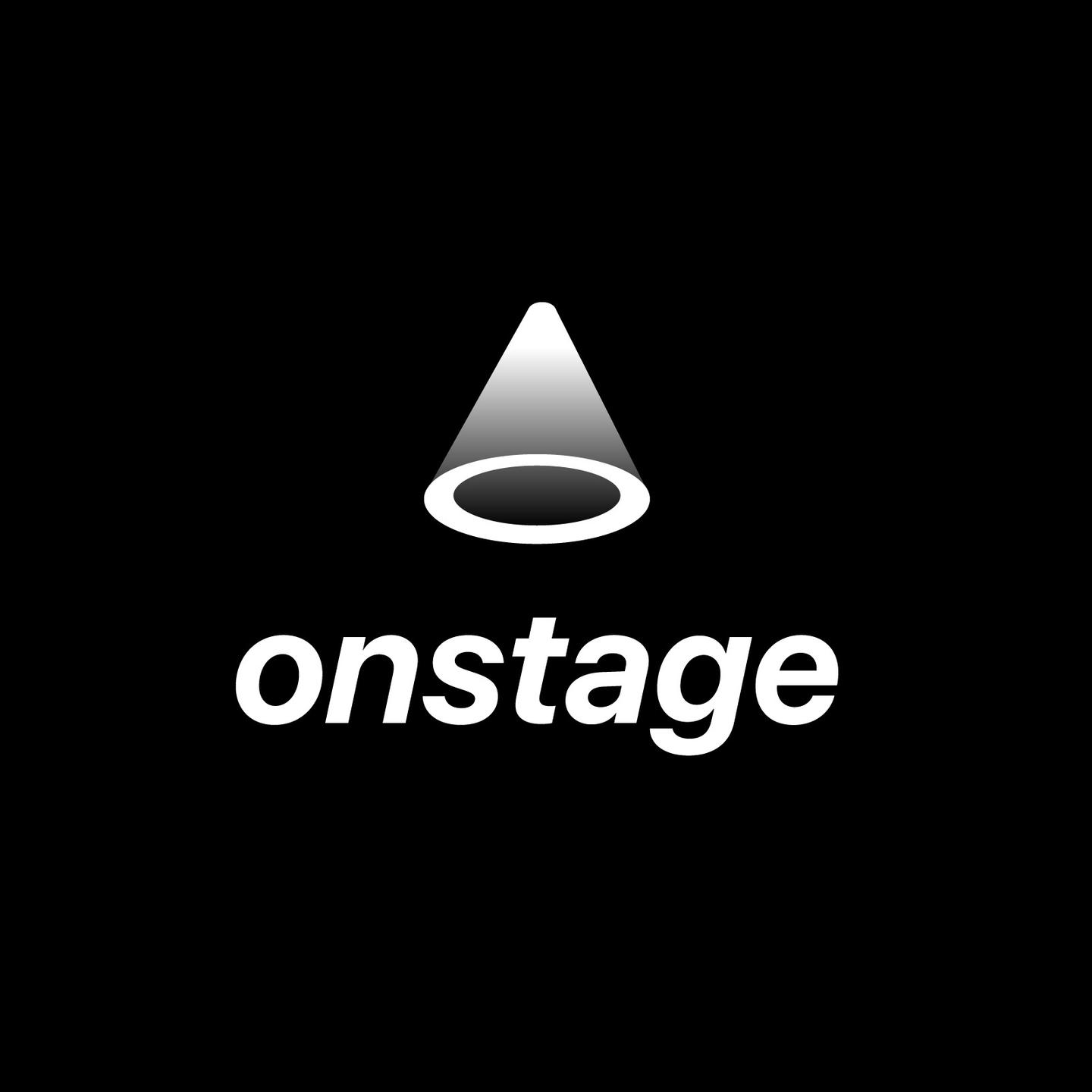onstage
This project is that turns characters and illustrations designed by artists into NFTs, and provides AI training data to NFT holders, allowing them to incorporate characters into newly created AI Imgs
Created on 4th June 2023
•
onstage
This project is that turns characters and illustrations designed by artists into NFTs, and provides AI training data to NFT holders, allowing them to incorporate characters into newly created AI Imgs
The problem onstage solves
Problem Statement
In the existing content market, the ownership of the original creator's creation is often dependent on the platform. As a result, the creator's revenue is distributed by the platform or third-party entities such as advertisements. Recently, there have been cases where AI technology has been used to infringe on the copyright of the original creator. Due to these cases, creators have not received fair compensation for their creations. The public sees these actions and sometimes expresses resentment towards the use of AI, believing that it takes away the rights of the creators. On the other hand, AI technology needs data from creators to learn and create results. However, they are criticized for focusing only on the results without paying fair compensation to creators. Eventually, AI will have a hard time obtaining data from creators who produce high-quality content. If the trend of disregarding the rights of creators and negative perceptions of AI continues, both sides will face unfavorable outcomes.
Solution
“onstage” aims to solve the problem of copyright and ownership of characters that artists can design and their own style of drawing. At the same time, Onstage aims to provide AI with continuous access to high-quality content from creators. “onstage” provides a solution that converts artist-designed characters into NFTs (non-fungible tokens). NFT holders own the concept that they own the artist-designed characters as NFTs. Furthermore, NFTs provide utilities to create new AI-generated images that feature the character. In other words, NFTs provide an experience where holders can own not only the image but also the artist's style of drawing, creating new character images. To increase the value of the NFT, the artist's character illustration should be better expressed in new AI-generated images. Thanks to this, artists can receive incentives to
Challenges we ran into
Providing NFT Utility
First of all, the biggest difference between the existing NFT and “onstage” NFT is that it allows holders to create new images of characters they own through an AI image generator. This provides an experience that goes beyond simply owning an NFT image by creating a new character image based on the artist's drawing style. To solve this technically, we need to first examine AI technology.
The Stable Diffusion learning model using open-source data is used by people to voluntarily add new features. One of them is the "LoRA" technology. LoRA adopts a method of training by fine-tuning only part of the existing model without modifying it. This allows users to add their own desired characters, places, clothes, or objects to AI images they produce. For example, in the case of characters, you can modularize Luffy from One Piece or Eren from Attack on Titan and attach the module of the desired character to the AI image generator.
NFT Issuance and AI Image Training Onboarding
Artists may be inexperienced in accepting new IT technologies to establish their worldview and art museum. In particular, blockchain and AI are high hurdles for learning technology. Therefore, "onstage" is trying to provide an easy way for artists to use technology without requiring deep knowledge. For example, we plan to provide tools for issuing NFTs and a service for creating AI training data by providing creative works to be stored in the onstage service. In addition, we plan to provide a solution for NFT holders to generate AI images using a model in which characters are trained. Artists can easily issue NFTs and train datasets using our service.
Tracks Applied (2)
Web3.0 dApp
Develop Near dApps specialized for Mass Adoption
NEAR Protocol
